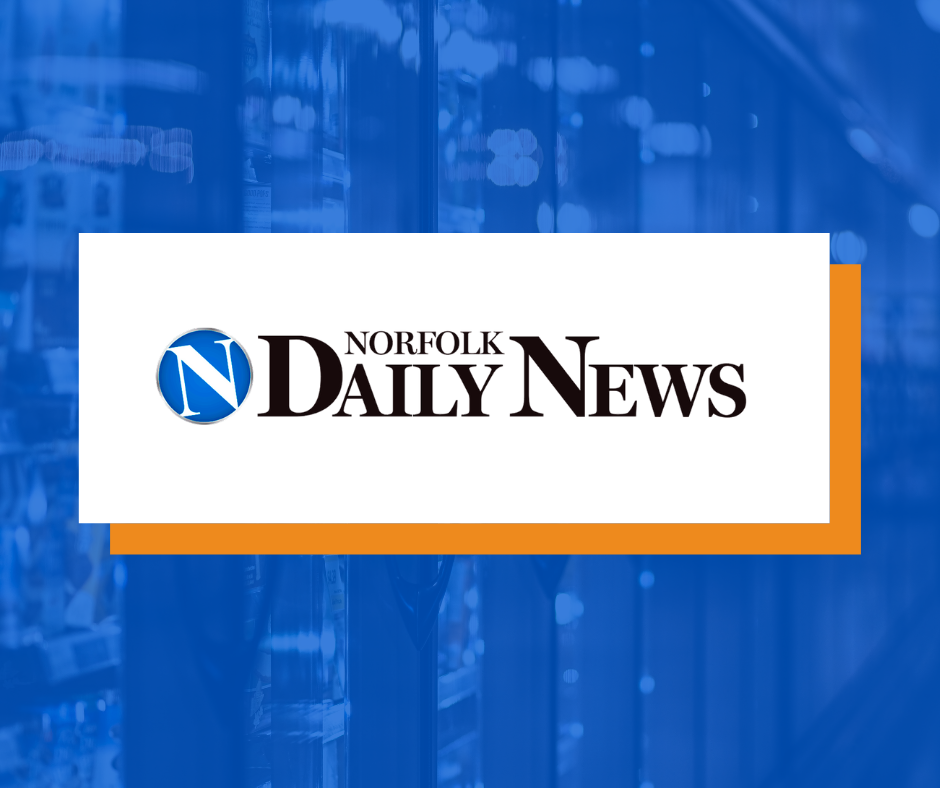The COVID-19 pandemic has, if nothing else, demonstrated the need for high-speed internet service.
It was shown in schools as teachers sought to instruct students via remote learning. It was shown in businesses as they sought to bolster their online presence. It was shown in everyone who learned about Zoom meetings for the first time back in March 2020 and now probably can’t imagine everyday life without them.
President Joe Biden and many members of Congress recognize that. That’s why, as part of the president’s American Jobs Plan, it’s been proposed to spend $100 billion to bring high-speed broadband service to every American.
But is throwing more tax dollars at the situation really the best solution?
Yael Ossowski, deputy director of the Consumer Choice Center in Washington, D.C., doesn’t think so. He argues that simply spending money won’t address the real challenges — the myriad of different rules between municipalities and states overseeing internet infrastructure that serve as a true barrier to getting more Americans connected.
Mr. Ossowski points to a recent study by the Federal Communications Commission that found more than 700 examples of laws and statutes that hamstring internet providers before they can connect one home. These include ambiguity on application processes, high permit fees for networks, slow approval processes and burdensome rules.
A different study, this one done by the University of Pennsylvania, found that local government internet utilities — which are prevalent in some parts of the nation as compared to private firms providing the service — are often too expensive to maintain.
Plus, there’s the assumption in the president’s plan that the solution centers on primarily focusing on broadband fiber connections. An argument can be made that investments in mobile and satellite networks are worthy of consideration, too. But those efforts also have been hampered by burdensome government regulations.
What is clear is that as mobile networks expand and speeds improve, and as fiber technology makes it way to more rural areas across the nation, more Americans will be connected to faster and better internet. However, in order to do that, what’s needed is a focus on the power of private investment, clear regulatory rules, and the removal of red tape. This is another case of where those in Washington, D.C., may have good intentions and the ability to do some good, they don’t have a stranglehold on the best ideas.
Originally published here.



